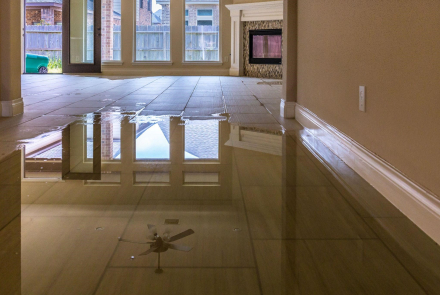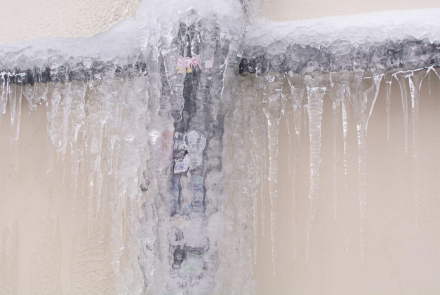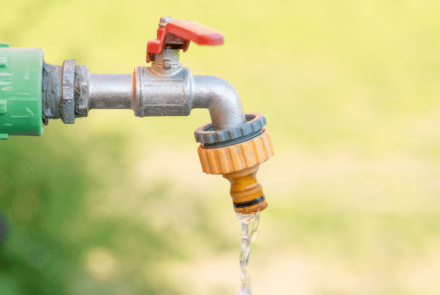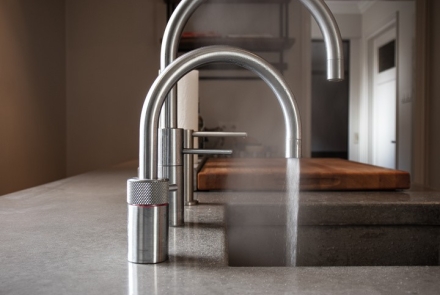Humidity becomes a larger concern during the cold winter months when you turn on the furnace. While this increases heat, the amount of moisture remains the same. Relative humidity decreases when you do this. You may notice familiar signs of lack of moisture.
Why Indoor Humidity Matters
Too much moisture in the air, and you'll feel sticky and sweaty. Some people crank the air conditioning to feel more comfortable. This leads to higher energy bills. Mold, mildew, dust mites, and bacteria thrive in wet environments. Additionally, asthma and allergies can get worse when humidity levels rise. Not to mention that indoor air quality decreases. High levels of humidity can cause wallpaper to blister and peel and wooden floors to buckle/cup. Too much moisture can lead to rust. It can also damage some appliances.
But when the air is too dry, you deal with dreaded static shocks and cling. This can be annoying. But static can also damage electronics. Hair and skin can become dry. Your eyes and throat may feel irritated or sore, and you may feel colder due to a lack of moisture. Dry air causes wood to crack, which can damage floors, trim, and furniture.
What's The Recommended Humidity Level for Your Home?
A comfortable range of humidity indoors is between 30–50% relative humidity. This is a recommendation from the Consumer Product Safety Commission. The Environmental Protection Agency extends this recommendation to, at most, 60% humidity. As temperatures drop outside, decrease the humidity inside. This helps you remain comfortable and prevents foggy windows. An HVAC professional can recommend the best level. We do this by looking at your geography and specific needs.
How to Achieve Ideal Moisture Levels in the Air
If your HVAC system doesn't measure humidity level, use a humidifier. They help to add moisture during the winter months. In summer, humidifiers remove moisture from the air. This helps to increase comfort and indoor air quality. Consider a dehumidifier in rooms that attract moisture. These can include garages, basements, and attics.
Adding a humidifier or dehumidifier to your HVAC system can help. It makes sure that the air contains the right amount of moisture. This is an important step before it goes into your home. You don't need to add or remove moisture. It's already at the recommended level. If this is not enough, you might consider a standalone unit. These can help your HVAC system remove moisture.
Contact Robert Bair Plumbing Heating & Air today. If you need the humidity levels of your home checked, we are here for you. We want to help make you home comfortable today and every day.






